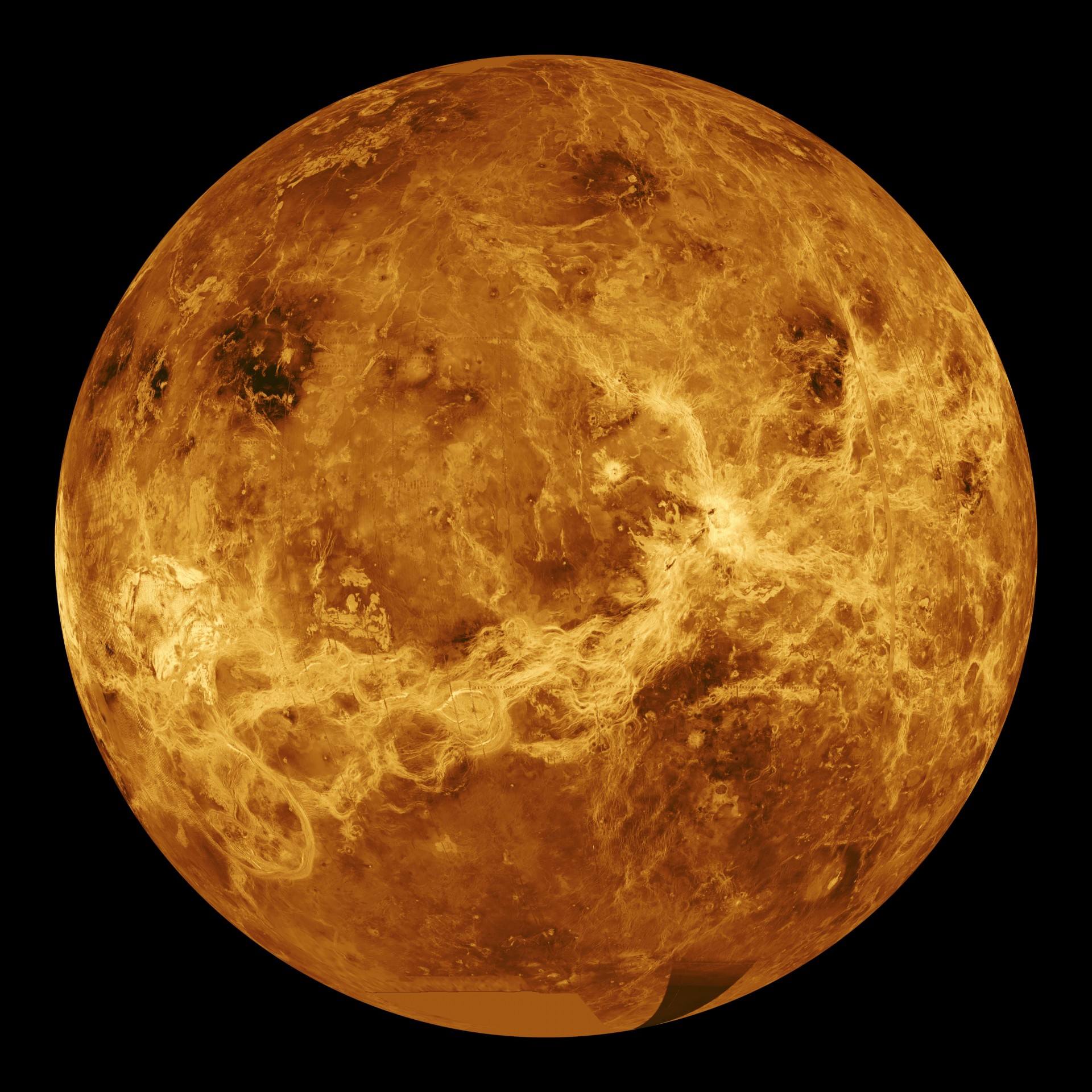Recent detections of a strange and pungent gas in Venus’s atmosphere have prompted astronomers to reconsider the possibility of life on Earth’s neighboring planet.
On Sept. 14, an article was published by Jane Greaves in Nature Astronomy, which detailed the discovery of traces of phosphine in the clouds of Venus. Greaves, a professor of astronomy at Cardiff University, led a group of astronomers from various institutions to conduct this research.
“[T]hey have detected traces of a gas in the Venusian atmosphere that, according to everything they understand about Venus, shouldn’t be there,” Marina Koren wrote in an article for The Atlantic. “They considered many
explanations for what could be producing the gas, known as phosphine, and settled on an explanation guided by what they know about our own planet.”
On Earth, phosphine is typically produced by microorganisms in anaerobic, or oxygen-deprived environments. Phosphine is considered a biosignature, or a marker which suggests the existence of biological processes. Other planets, such as Jupiter and Saturn, possess phosphine with their atmospheres as well. However, the presence of phosphine is explained by the combination of high temperatures and pressures on these two planets.
Research has also examined other possibilities to explain the occurrence on Venus, including lightning, tectonic plates, meteorites and volcanic activity. Each potential explanation yielded little results in comparison to the amount of phosphine found on the planet, according to Greaves.
“[Phosphine] could originate from unknown photochemistry or geochemistry, or, by analogy with biological production of [phosphine] on Earth, from the presence of life,” Greaves said.
Although scientists and experts remain hopeful about the potential for microbial life on Venus, the presence of phosphine could be explained by other means.
“Unfortunately, the presence of phosphine gas does not mean that life has been discovered on Venus,” said Victoria Frost, an assistant professor in Winthrop University’s biology department. “It sounds exciting but from what I understand the presence of this gas could be associated with any number of different reactions causing its presence. A lot more research would be required to really understand what–if any–the significance of this discovery is.”
Prior to the discovery, Venus was entirely disregarded as a hospitable planet because the atmosphere is composed of sulfuric acid. The runaway greenhouse effect also causes the planet to retain heat into the atmosphere. This results in a scorching climate with temperatures of nearly 900 degrees Fahrenheit, which is high enough to burn lead, according to NASA.
“There is, however, a narrow, temperate band within Venus’ atmosphere, between 48 and 60 kilometers above the surface, where temperatures range from 30 to 200 degrees Fahrenheit,” Jennifer Chu wrote in an article for MIT News. “Scientists
have speculated, with much controversy, that if life exists on Venus, this layer of the atmosphere, or cloud deck, is likely the only place where it would survive. And it just so happens that this cloud deck is where the team observed signals of phosphine.”
The latest evidence for life on Venus is a breakthrough discovery in astronomy, but the notion would require further research. Currently, Japan has a spacecraft orbiting the planet. In 1985, the Venera 14 space probe survived long enough to transmit data from the surface of Venus for approximately 56 minutes.
“If this discovery is confirmed, which will likely require sending a spacecraft, we would know for the first time in human history that the solar system has two planets where life exists,” Koren said. “In a cosmic sense, we wouldn’t be alone anymore.”
Photo courtesy to NASA.




